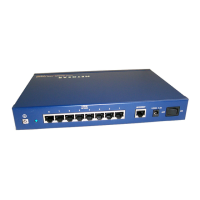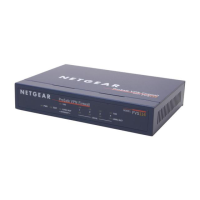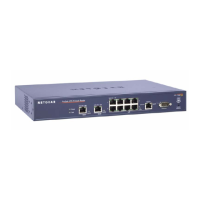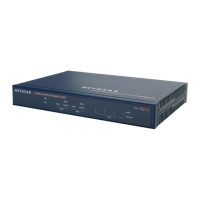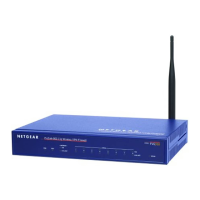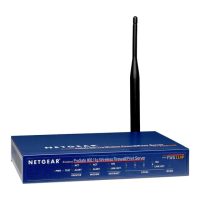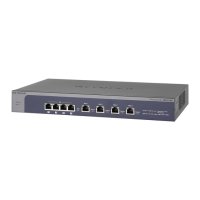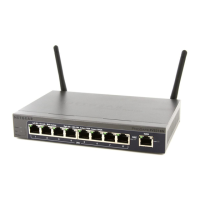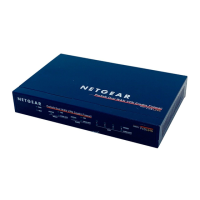Content Filtering and Optimizing Scans
205
ProSecure Unified Threat Management (UTM) Appliance
The following are keyword blocking examples:
- If the keyword XXX is specified, the URL www.zzyyqq.com/xxx.html is blocked, as is
the newsgroup alt.pictures.XXX.
- If the keyword .com is specified, only websites with other domain suffixes (such
as .edu or .gov) can be viewed.
- If a period (.) is specified as the keyword, all Internet browsing access is blocked.
Note: Wildcards (*) are supported. For example, if www.net*.com is
specified, any URL that begins with www.net is blocked, and any
URL that ends with .com is blocked.
You can apply the keywords to one or more groups. Requests from the PCs in the groups
for which keyword blocking has been enabled are blocked. Blocking does not occur for
the PCs that are in the groups for which keyword blocking has not been enabled.
Note: The whitelist has priority over the blacklist (for these lists, see
Configure Web URL Filtering on page 211), and both the whitelist
and the blacklist have priority over keyword blocking.
• Web object blocking. You can block the following web objects: embedded objects
(ActiveX, Java, Flash), proxies, and cookies, and you can disable JavaScripts. Even sites
on the whitelist (see Configure Web URL Filtering on page 211) are subject to web object
blocking when the blocking of a particular web object is enabled.
• Web category blocking. You can block entire web categories because their content is
undesired, offensive, or not relevant, or simply to reduce traffic.
Note: You can bypass any type of web blocking for trusted hosts by adding
the exact matching domain names to the trusted host list (see
Specify Trusted Hosts on page 223). Access to the domains on the
trusted host list is allowed for PCs in the groups for which file
extension, keyword, object, or category blocking, or a combination
of these types of web blocking has been enabled.
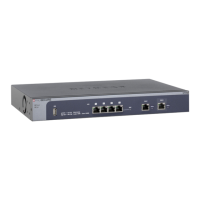
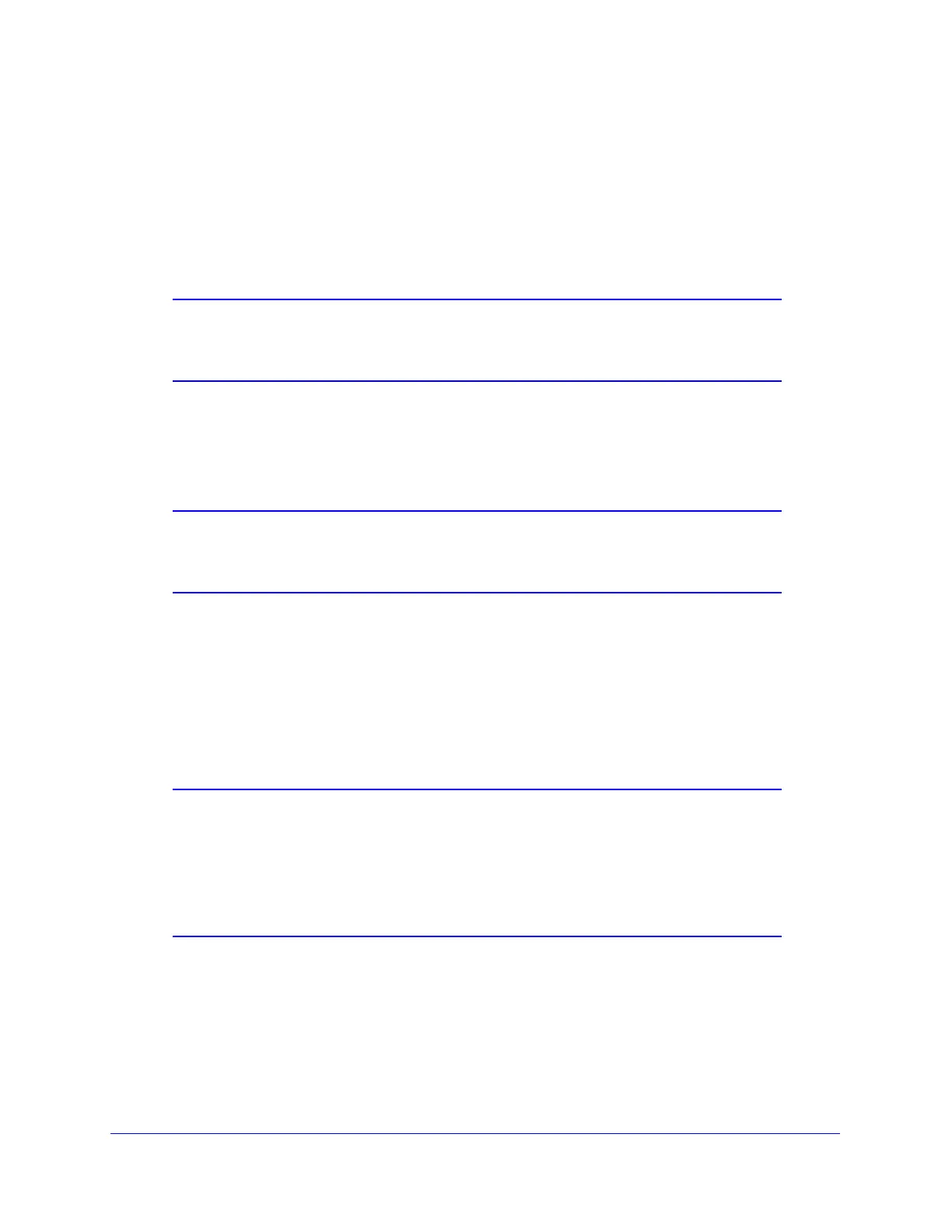